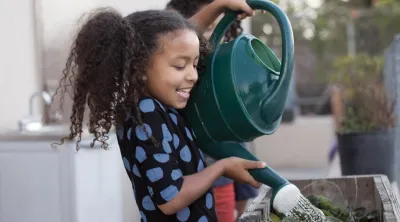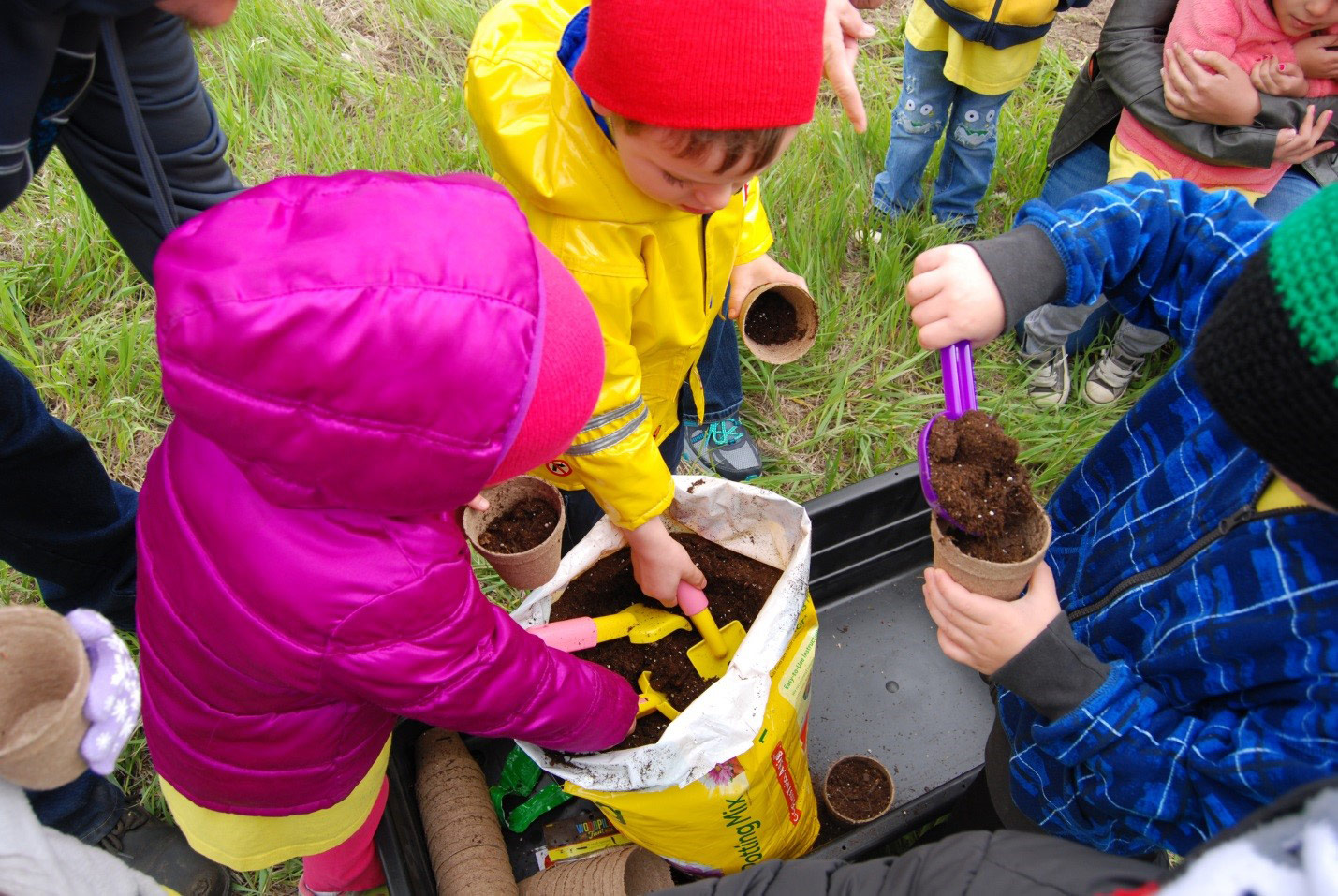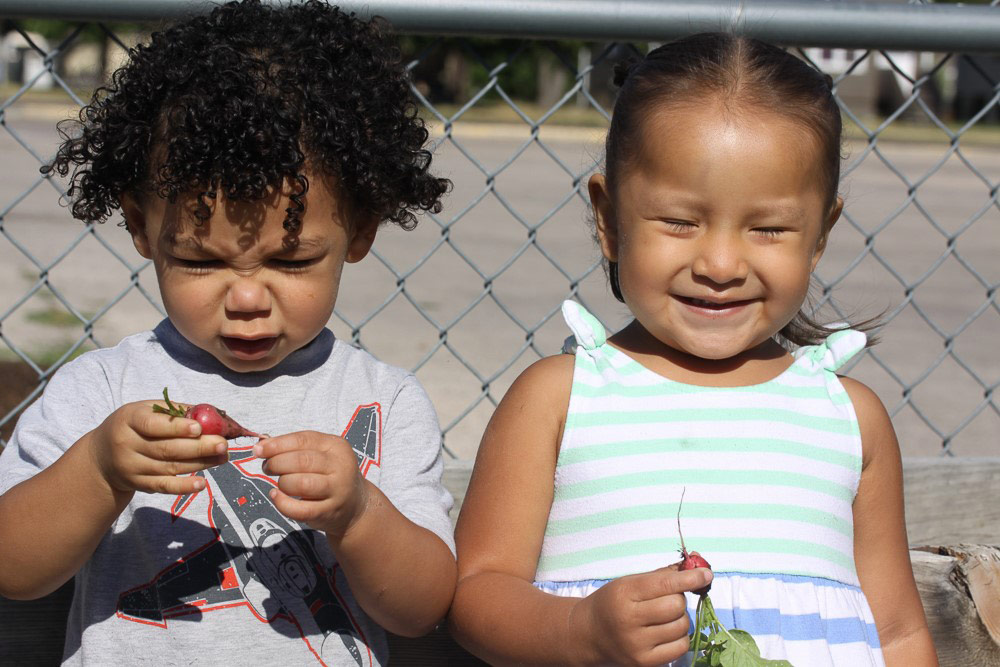Children blossom while learning to garden

The rate of obesity among Americans hit a record in 2015, with nearly one in three adults and one in six children considered obese. Diabetes and other chronic diseases related to being overweight are also at an all-time high. Despite national efforts to help people make healthy choices, obesity rates have climbed steadily for more than a decade.
So what’s causing the problem? Diet, behavior and genetics all play a role. But one of the biggest contributors is often ignored. The built environment — roads, parking lots and highways that surround us — can promote sedentary living. People who live far from parks, trails, recreation centers and playgrounds may find it harder to incorporate exercise into their lives.
Thankfully, some communities are stepping outdoors — and stepping up — to lead change.
A group of children and teens in South Dakota, for example, participates in the “Healthy for Life” Garden Project, a joint partnership between Youth & Family Services (YFS) and the Wellmark Foundation. The program helps children ages 3 to 17 from low-income families learn about gardening on a three-acre plot through hands-on activities.

The garden serves as an educational resource for kids of all ages. While toddlers learn the names of fruits and vegetables, look for insects and water plants, girls ages 6 to 17 learn to plant and harvest produce. The produce has even been used to make meals in partnership with local chefs and restaurants.
“We are hoping to get families out to the farm and learn simple ways to use the produce,” said Sharon Olney, grants administrator for YFS. “We want this to be a multi-generational program that promotes a healthy lifestyle for the whole family.”
Three of four children in YFS programs are considered “food insecure,” meaning they lack reliable access to enough affordable, nutritious food — a deficiency that has been linked to setbacks in math and reading. It can also increase the likelihood that a child will repeat a grade, according to research. But research has also found that when children are involved in growing vegetables, they are more likely to eat them.

“The involvement of the community has been wonderful,” Olney said. “It’s gaining momentum every single month.”
In addition to community gardens, YFS works to coordinate bike-sharing programs, farmer’s markets and trail enhancements. The program increases community access to healthy foods, promotes better eating habits, inspires enjoyment of nature, and nurtures and grows healthier, happier people.

